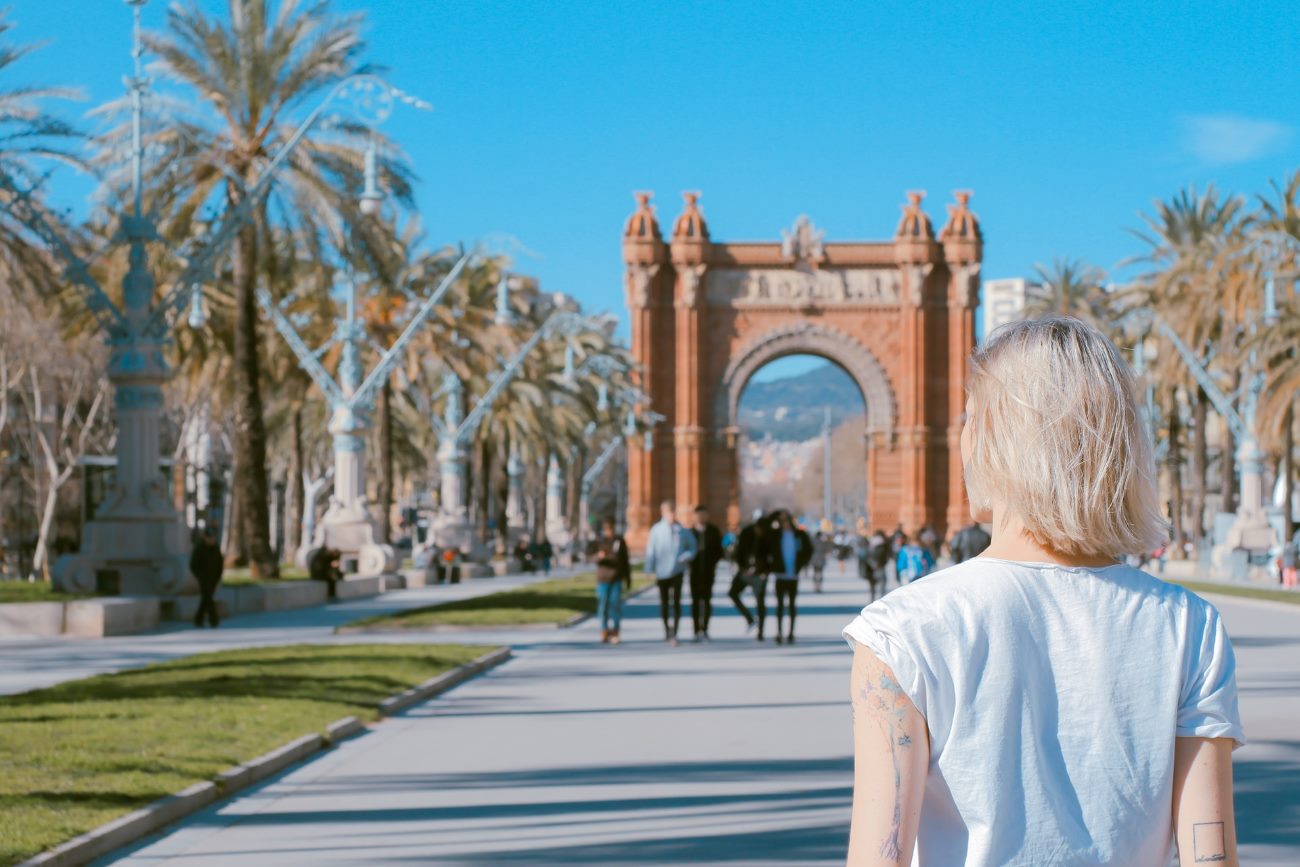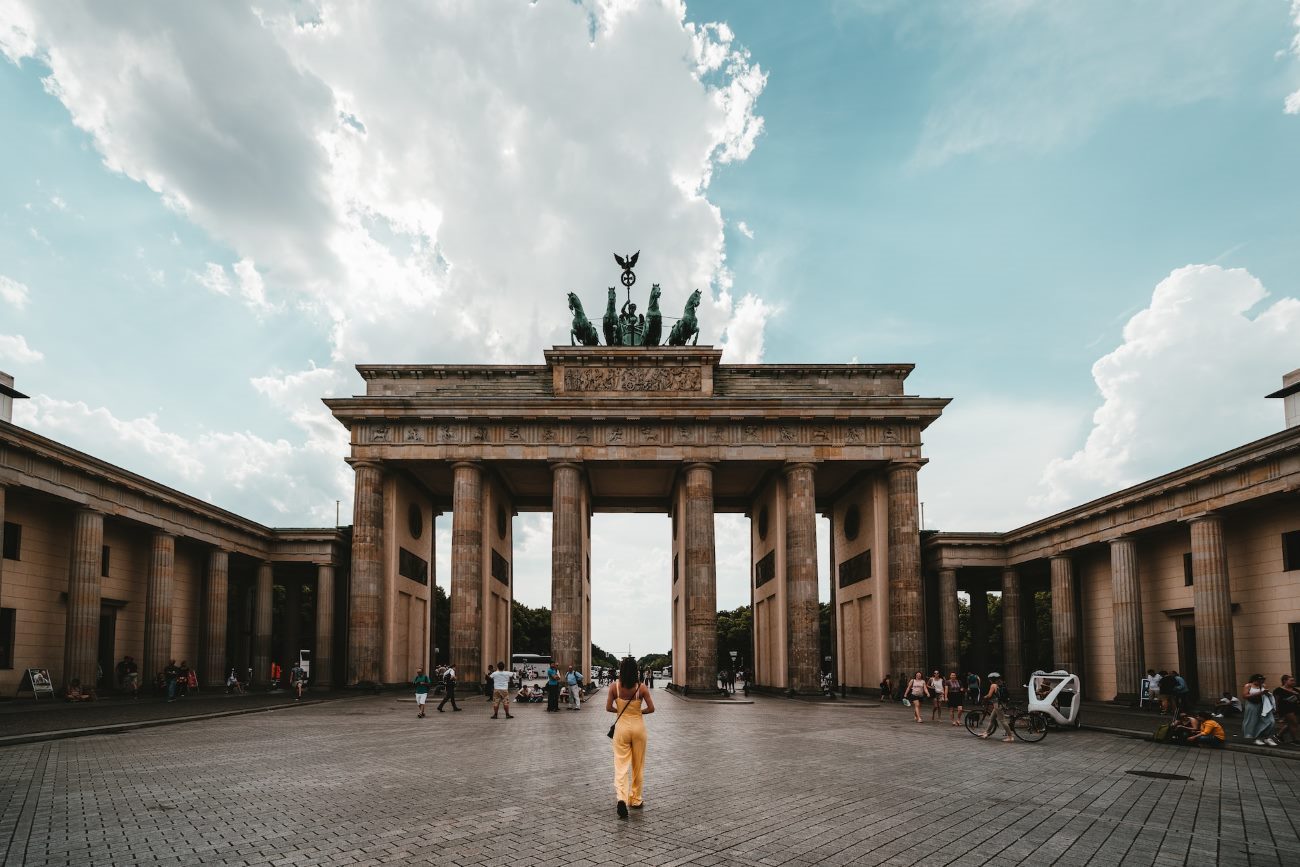What Were the Negative Consequences of the Berlin Wall?
The wall was recorded to have been constructed in the year 1961 by the German Democratic Republic or East Germany in a bid to segregate the city of Berlin into two parts namely, East and West. Although, it was iconic for the Cold War and political division between the Eastern and the Western blocs, it brought many harms to thousands of people’s lives.
1. Physical and Emotional Separation
The with that was easily the severing of human relations; socially, the Berlin Wall literally created separation and by extension, division between families, friends, and neighbors for almost three decades. Family and friends were either jailed or released to become separated from one another and to be unable to talk to each other.
Even the emotional part of the wall should not be underestimated as well. It made families separated and even individual got confined in their own shell day and night. People also were reminded about political control of GDR and that they did not have freedom in that society.
The Death Zone
Such features as a fence, barriers and heavily-guarded areas were imbedded into the border between East and West Berlin through the existence of so-called “Death Zone”. Trying to cross the wall was very risky since guards were ordered to fire at any person seeking to escape to the West. It is generally revealed that more than 130 people died trying to cross this wall.
2. Economic Struggles
The separation came with many consequences such as economic effects which were as follows. Due to the socialist government East Berlin was experiencing lots of challenges economically than the well-off West Berlin. Because of this monopolization by the government, most of the opportunities and resources were scarce in the East region
I am therefore proposing that those living in East Berlin were limited in their access to basic needs, Consumerism and unemployment sufficiency. The socialist economic policies failed to promote free enterprise, innovation, and the growth of the economy leading to financial woes and lack of steady and better standards of living.
3. Suppression of Civil Rights
That is why construction of the Berlin Wall qualify for infringement of civil liberties and human rights. The GDR utilised the wall as a barrier to its people’s migration to the West to live a free life they desired.
This eliminated the freedom of speech, freedom of movement, as well as some forms of liberties which are deemed as basic human rights today. Citizens remained suppressed exercising their freedom of speech on anything related to the government and suffering consequences for this. The wall therefore became symbolic of authoritarianism, oppression and constraint.
The Stasi: A Regime of Fear
The Stasi of the GDR was one of the most feared secret police due to its informant system, spying, and torturing techniques. The citizens became in fear of being watched and reported thus spanning a culture of conformity to the authority and dishonesty.
4. Isolation from the World
Besides, it physically divided the city and isolated East Berlin from the rest of the world. The people living in the East had no connection with the cultural, political, and social life of the western regions.
Fear also marked culture as people were discouraged from accessing information that could shake their beliefs or challenge the party’s ideas. This led to inadequate interaction on the intellectual as well as the cultural aspects whereby innovation and development of the people in the East were suppressed.
The Fall of the Wall: New Horizons
Thankfully, the Wall is a symbol of freedom and unity in this world today. In the end of the year 1989, the famous wall collapsed and Germany was divided into two parts was reunified. This important event provided the people of Berlin with new changes and development forward.
Now it is only a mere structure still standing and people still organize some memorial to remind the world of its evil part, people’s suffering, and survival.
In Conclusion
The Berlin Wall, therefore, extended beyond a dividing structure; it symbolized liberty and tyranny, democracy and despotism. It became a powerful force that changed the lives of people affected by this facility in many ways, including physical barrier, economic problems, limitation of civil liberties, and most of all, social exclusion of a whole community. The dark history of the Berlin Wall enables people to realize the need to be unified, be free and continuing to fight for rights.
Table of Contents



